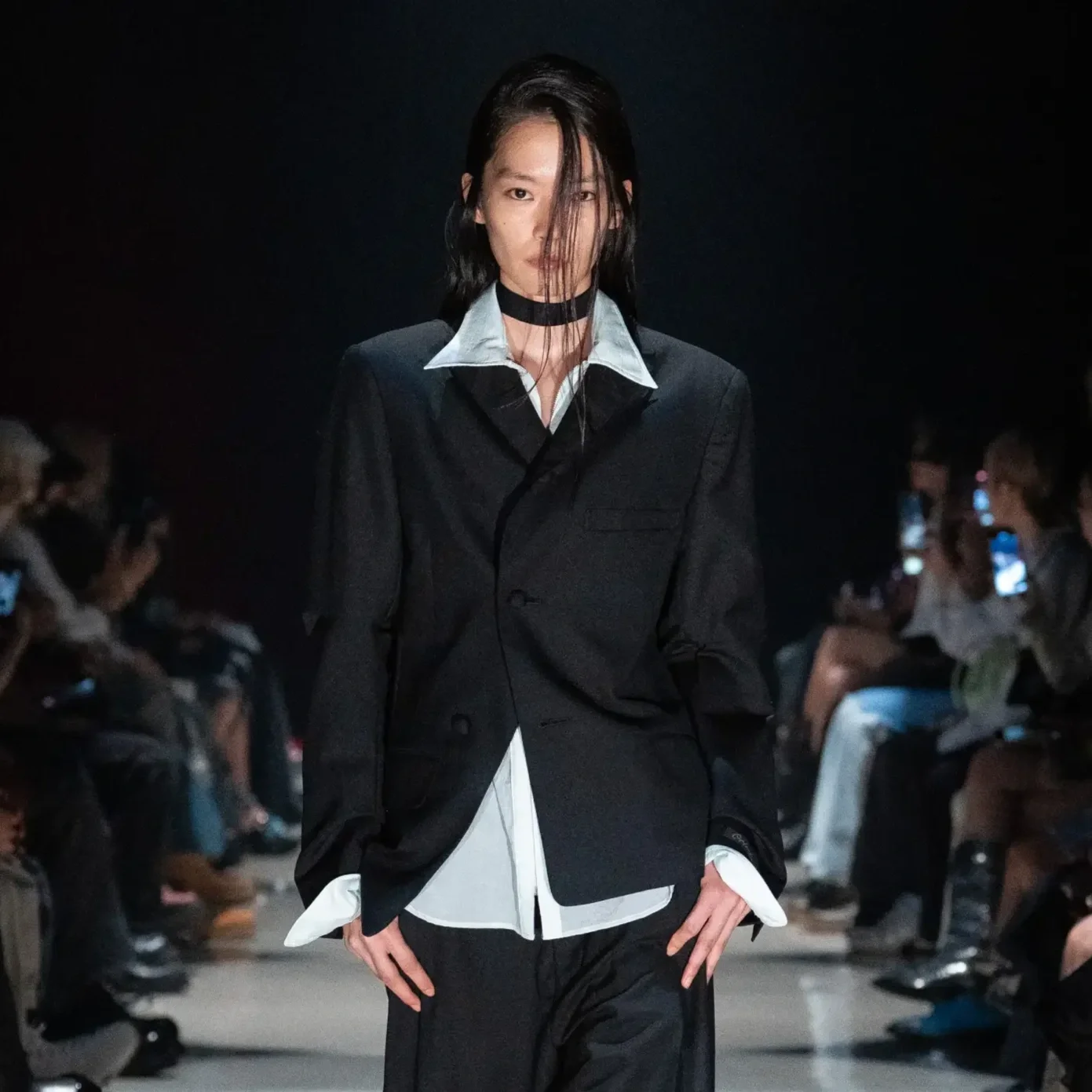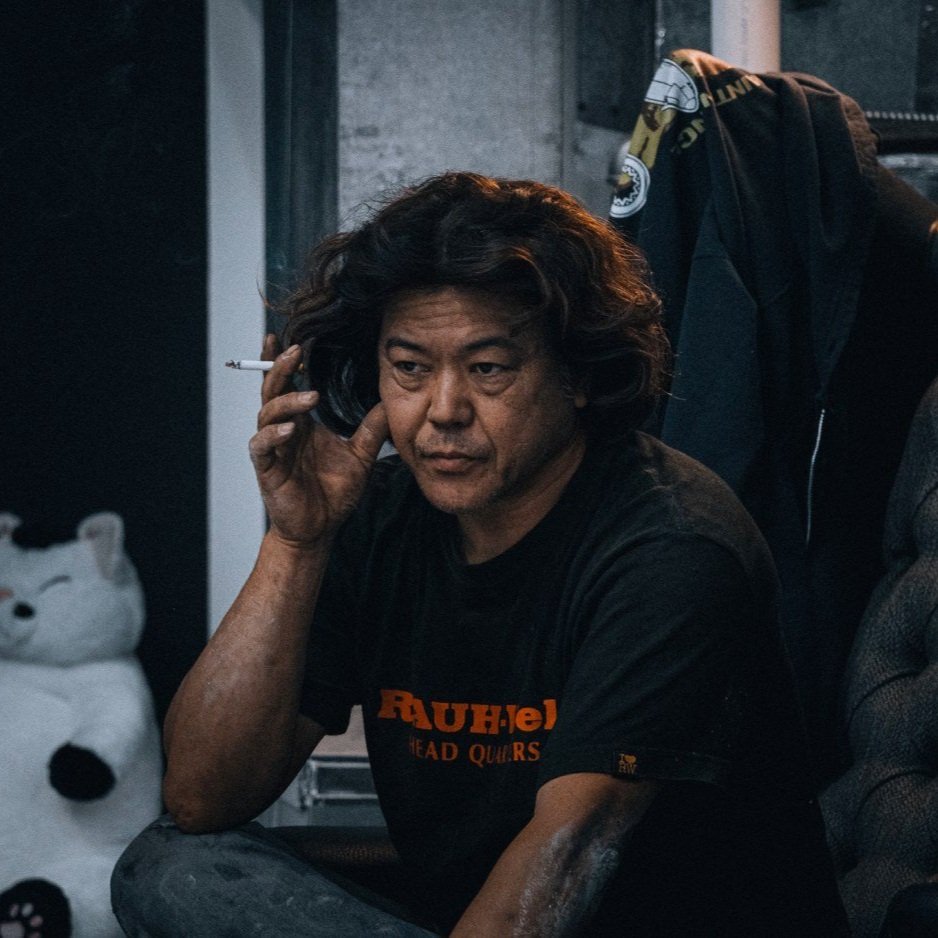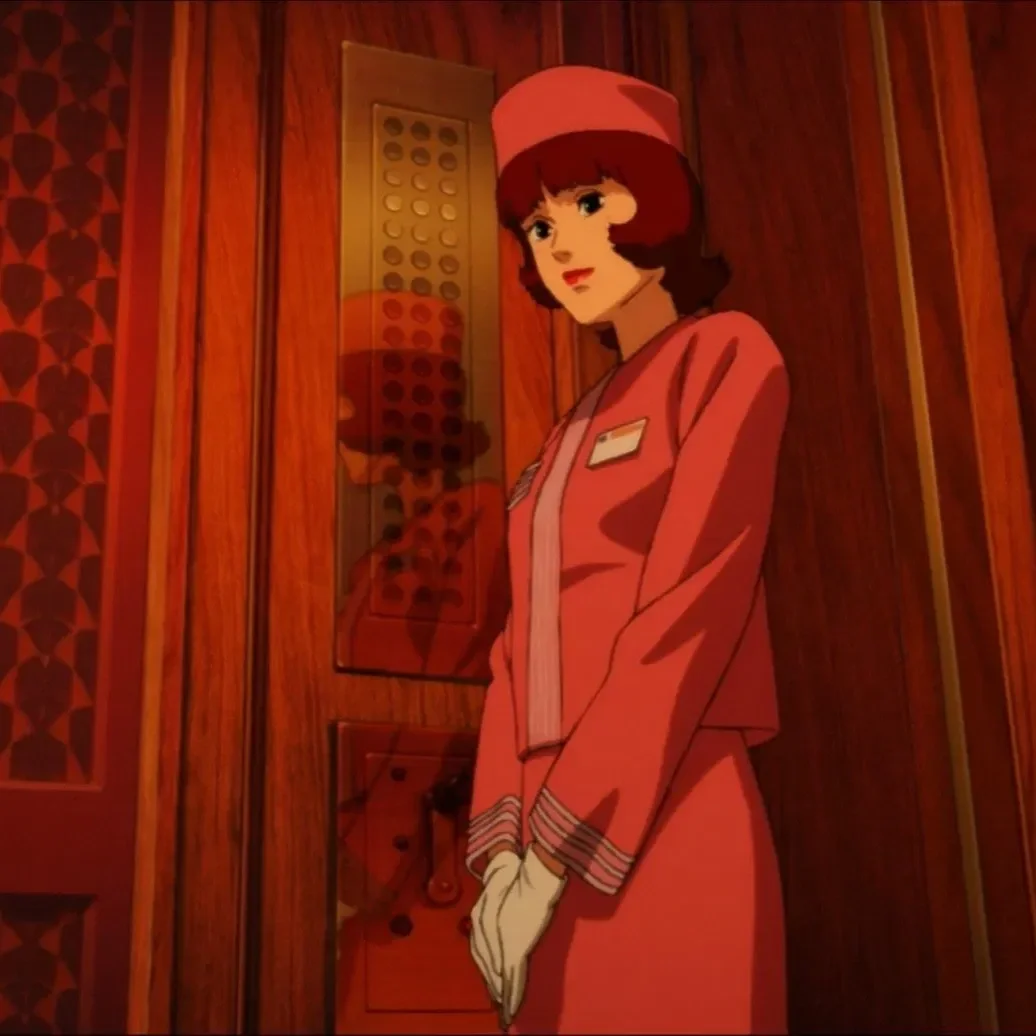Sk8thing - The Silent Architect of Japanese Streetwear
It’s a name that doesn’t often appear in headlines, but in the visual language of Japanese streetwear, it’s everywhere. Often hidden behind some of the most iconic brands in Harajuku history (think BAPE, UNDERCOVER, WTAPS, Fragment Design, and more) Sk8thing, aka Shinichiro Nakamura, has shaped the scene by encoding himself into its DNA. Not a spokesperson or a founder, rather as a designer whose presence is felt more than seen, threading subversion through seams and pixels.
For over two decades, Sk8thing has remained something of a cultural phantom: masked, elusive, and quietly foundational. His work responds to subculture as much as it manipulates it, remixing youth iconography into forms both immediately familiar and strangely off. In doing so, he has helped define the look and attitude of modern Japanese streetwear without ever once needing to be the face of it.
Beginnings in Motion
Sk8thing’s origins trace back to Tokyo in the late 1970s, a time when the city’s youth culture was beginning to flirt with the postmodern. Raised in an era saturated by Western imports, VHS aesthetics, and pirate media, his early visual references were found in skate zines, cassette sleeves, and backroom bootlegs.
He attended Tama Art University briefly but, like many cultural outliers of his generation, found that institutional frameworks were too limiting. Real education happened in Harajuku’s streets, where the boundaries between graphic design, music, and fashion collapsed into collage. He emerged as something that transcended a traditional designer, a cultural coder, someone who approached visual identity as a form of fashion system hacking.
When Tomoaki Nagao (aka NIGO) launched A Bathing Ape in 1993, it was Sk8thing who defined the visual template. The ape head logo, the now-legendary camouflage patterns, the full-zip hoodies that turned wearers into avatars of themselves. From its beginnings Sk8thing designed provocations, statements about identity, anonymity, and visual overload in a media-saturated world.
Sk8thing’s design sensibility merged pop culture with parody. He borrowed from American cartoons, military iconography, and advertising language, twisting them just enough to make them uncanny. His BAPE graphics were absurd and maximalist, to the point where a logo on a T-shirt became an ideology. Or better yet, noise. And Sk8thing knew how to manipulate the static. This was streetwear as frequency. A language for those tuned into the right references, and uninterested in legibility for anyone else.
Beyond the Ape - Fragmenting the Self
While BAPE became a global phenomenon, Sk8thing moved fluidly across other projects, often behind the scenes. His fingerprints appeared on GOODENOUGH, one of Japan’s earliest streetwear collectives, where his early designs helped shape the visual bridge between punk DIY and Tokyo’s nascent Ura-Harajuku movement. Later, he collaborated with WTAPS and UNDERCOVER, proving that his graphic style could shift tones as he went from hyperpop irony to militarist minimalism without losing coherence.
He also played a key role in the early visuals for Billionaire Boys Club and Ice Cream, helping export Harajuku’s sensibility to Pharrell’s audience overseas. This was Sk8thing as cultural transmitter, helping bridge Japanese and American subcultures not through diplomacy or dialogue, but through shared symbols and aesthetic disobedience.
In 2011, Sk8thing finally attached his name more visibly to a brand: Cav Empt (often stylized as C.E.), co-founded with longtime collaborator Toby Feltwell. Where BAPE was loud and cartoonish, C.E. was dense and disorienting. Inspired by dystopian sci-fi, abandoned tech, and post-internet architecture, C.E. garments felt like the uniforms of a world on the brink: cryptic slogans, corrupted textures and washed-out hues.
What makes Sk8thing’s work endure isn’t trend forecasting or aesthetic cohesion. It’s something rarer: a fundamental understanding of how visual language moves through culture. His designs disrupt fashion’s rhythms. They pull from niche references, obsolete software interfaces, Cold War propaganda, ‘90s anime, and net art glitches. This is a designer who doesn’t simply appropriate culture, but compresses and corrupts it.
This method of layering symbols with historical weight, humor, and irony, prefigured much of what would come to define fashion in the 2010s and beyond. Before designers were referencing meme culture or late capitalism, Sk8thing was already embedding those themes into streetwear. And crucially, he never cared about being understood. His work has always felt like a puzzle you’re not supposed to solve completely.
That refusal to explain is part of his cultural significance. In a world of overexposure and oversharing, Sk8thing remains resistant to simplification. He offers no manifesto, no TED Talk, no tell-all interviews. He designs, and disappears into the signal again.
Legacy in Fragments
Despite his long shadow, Sk8thing doesn’t have a monograph. There’s no museum retrospective. No biography. His story is scattered, whispered in design credits, buried in graphic layers, half-confirmed in niche zines and late-night interviews. And that’s precisely the point.
His legacy isn’t one of institutional recognition, but of distributed influence. You can see it in the way designers across continents now treat clothing as storytelling, graphics as critique, and garments as ideological camouflage. Sk8thing made streetwear say something. Even if you didn’t catch the message the first time.
As fashion becomes increasingly absorbed by algorithms and analytics, Sk8thing’s analogue spirit becomes more radical. He remains one of the few voices in design whose practice isn’t shaped by visibility, but by integrity to the medium. His recent works through C.E. continue to push against aesthetic uniformity.
The question of what’s next for Sk8thing is almost irrelevant. He was never trying to lead a movement. To design systems that confuse, provoke, or quietly destabilize. In a cultural era obsessed with clarity, Sk8thing remains a blur by choice.









Paprika is back, leading PARCO’s Grand Bazar.